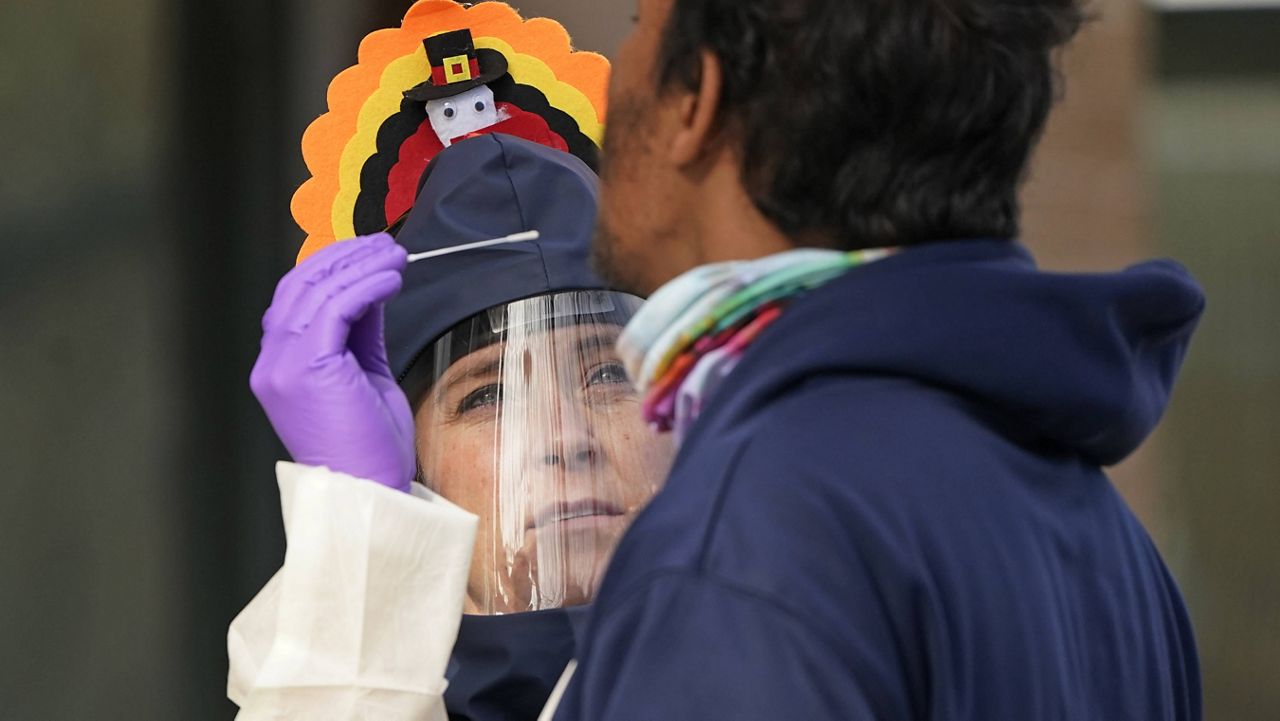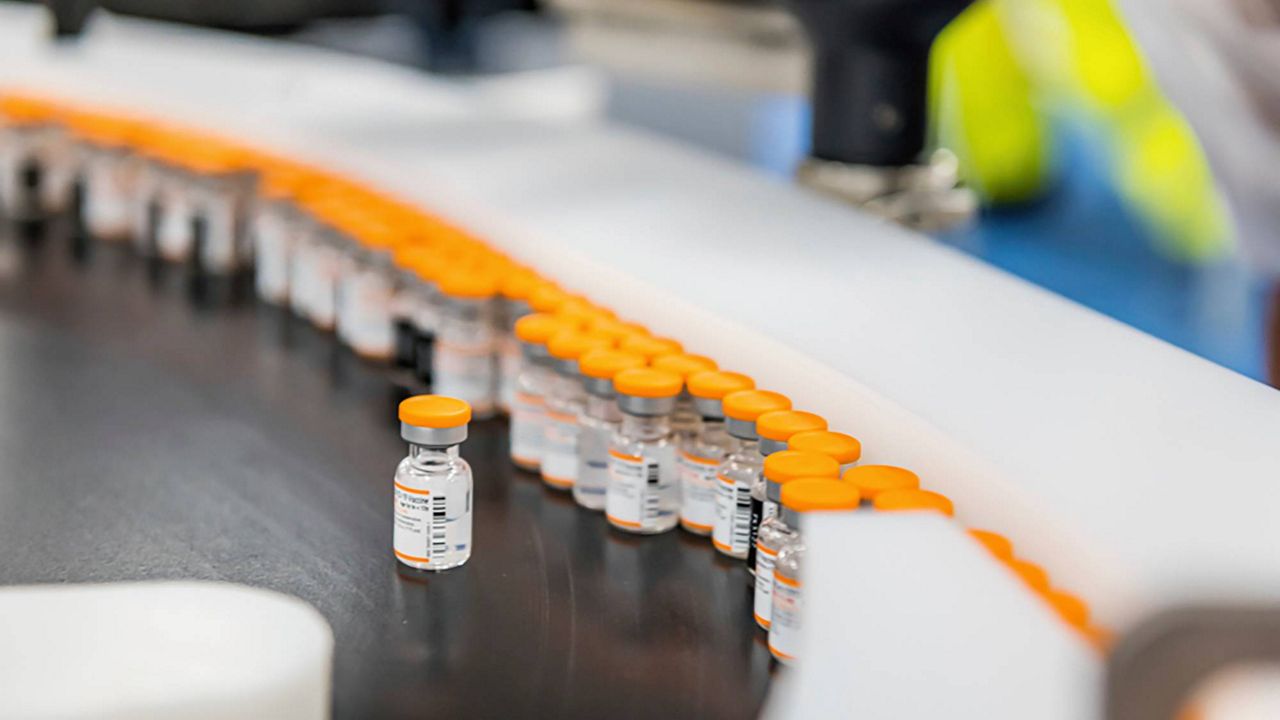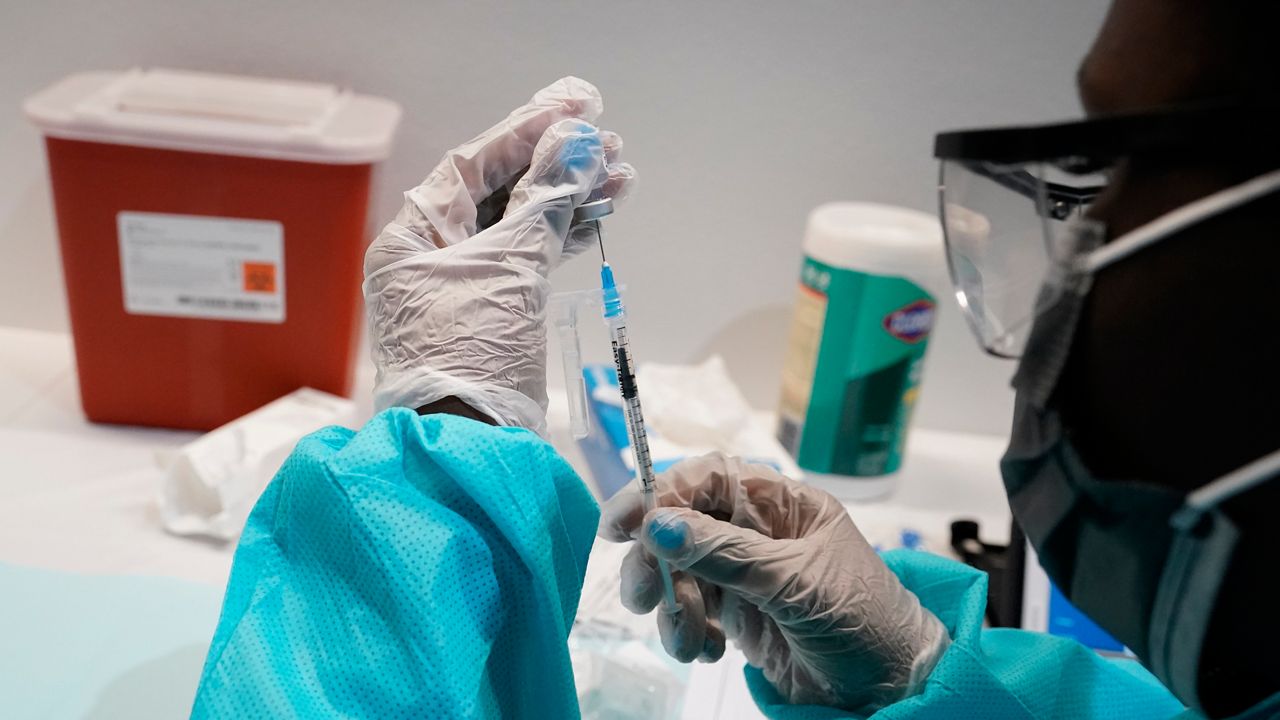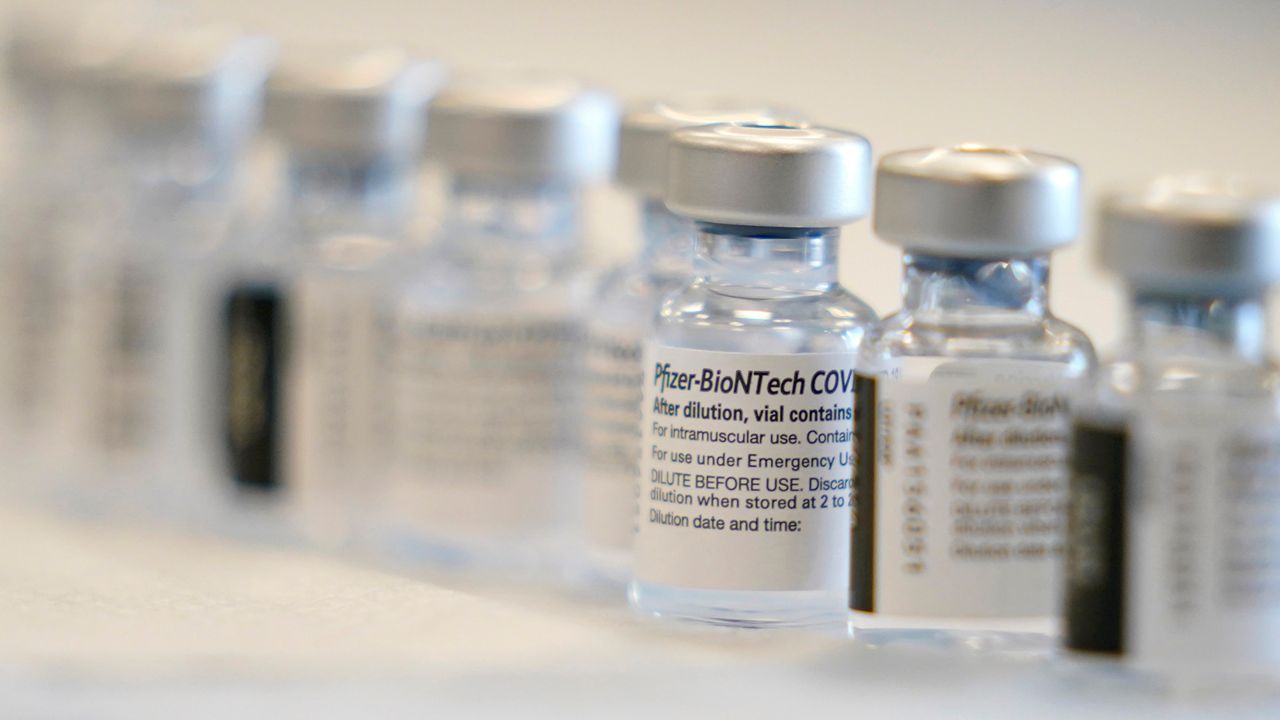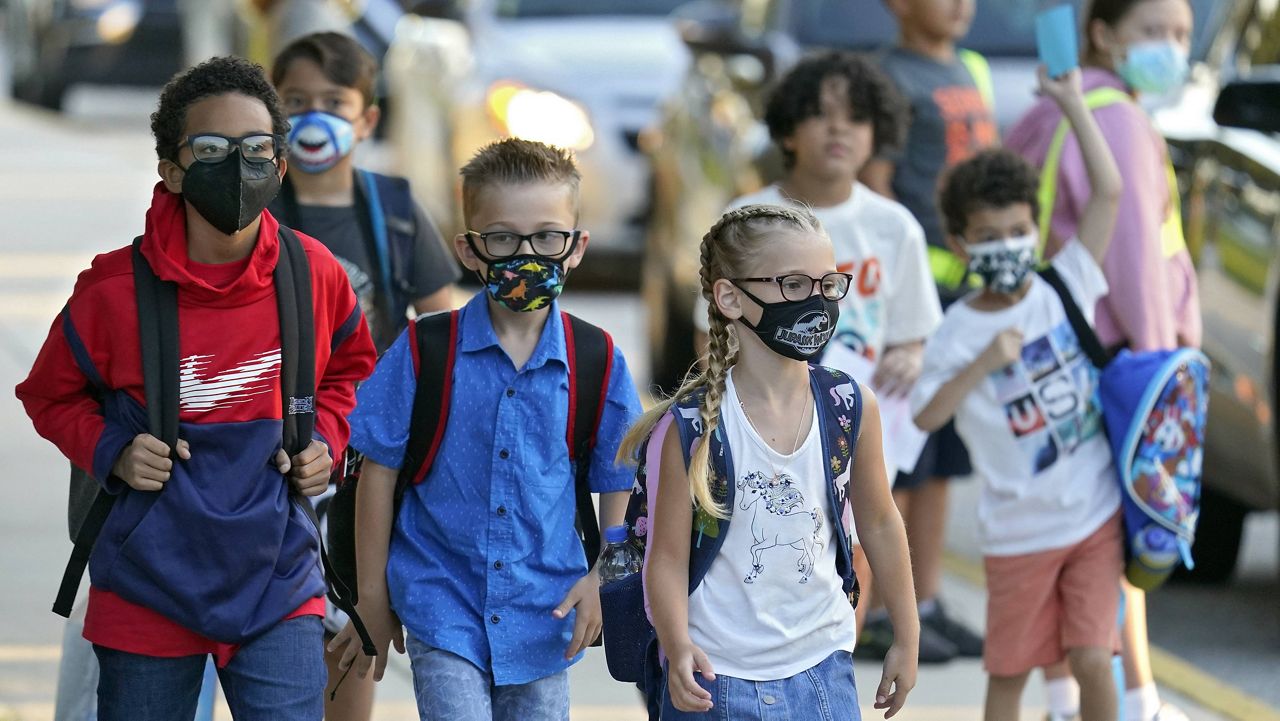The true number of U.S. coronavirus infections at the end of September was likely about 53 million — nearly eight times what was being reported at the time — according to a study published this week.
What You Need To Know
- The true number of U.S. coronavirus infections at the end of September was nearly eight times what was being reported at the time, a study says
- The research was written by nine scientists with the CDC and published in the journal Clinical Infectious Diseases
- The authors blamed the underreporting on asymptomatic cases, mildly ill patients who did not seek medical care, limited testing and other factors
- With 12.9 million cases today, the research suggests the U.S. could actually be approaching 100 million infections now
The study was written by nine scientists who work for the Centers for Disease Control and Prevention and published in the Nov. 25 issue of the journal Clinical Infectious Diseases.
The authors wrote the number of COVID-19 cases is underreported for a number of reasons.
“Most unreported infections were asymptomatic or mildly ill people who recovered without seeking medical care or testing,” they wrote. “However, even persons with SARS-CoV-2 [also known as COVID-19] infection in medical settings may not be tested or nationally reported as confirmed cases.”
The authors also blamed underreporting on limited availability of tests, reagents and laboratory capacity as well as on patients who avoided medical care or who had “non-specific symptoms and not been suspected to have SARS-CoV-2 infection.” They also noted that some tests were likely false negatives.
The scientists estimated that 1 of every 2.5 hospitalized infections and 1 of every 7.1 non-hospitalized illnesses may have gone undeteced. They then used a multiplier to determine that a total of 52.9 million infections — including 42 million symptomatic illnesses and 2.4 million hospitalizations — might have occurred by Sept. 30. Only 6.9 million total cases had been confirmed at the time.
“This indicates that approximately 84% of the U.S. population has not yet been infected and thus most of the country remains at risk, despite already high rates of hospitalization,” the researchers wrote.
The scientists noted that the same method had been used to determine the number of infections during the 2009 H1N1 influenza pandemic.
In the nearly two months since the research has concluded, the reported number of U.S. coronavirus cases has nearly doubled to 12.9 million, according to data compiled by Johns Hopkins University. If the researchers’ ratio holds true, that means the true number of cases could now be approaching 100 million.
The authors noted in the study that their research was conducted in their own personal capacities and was not sanctioned by the CDC.





